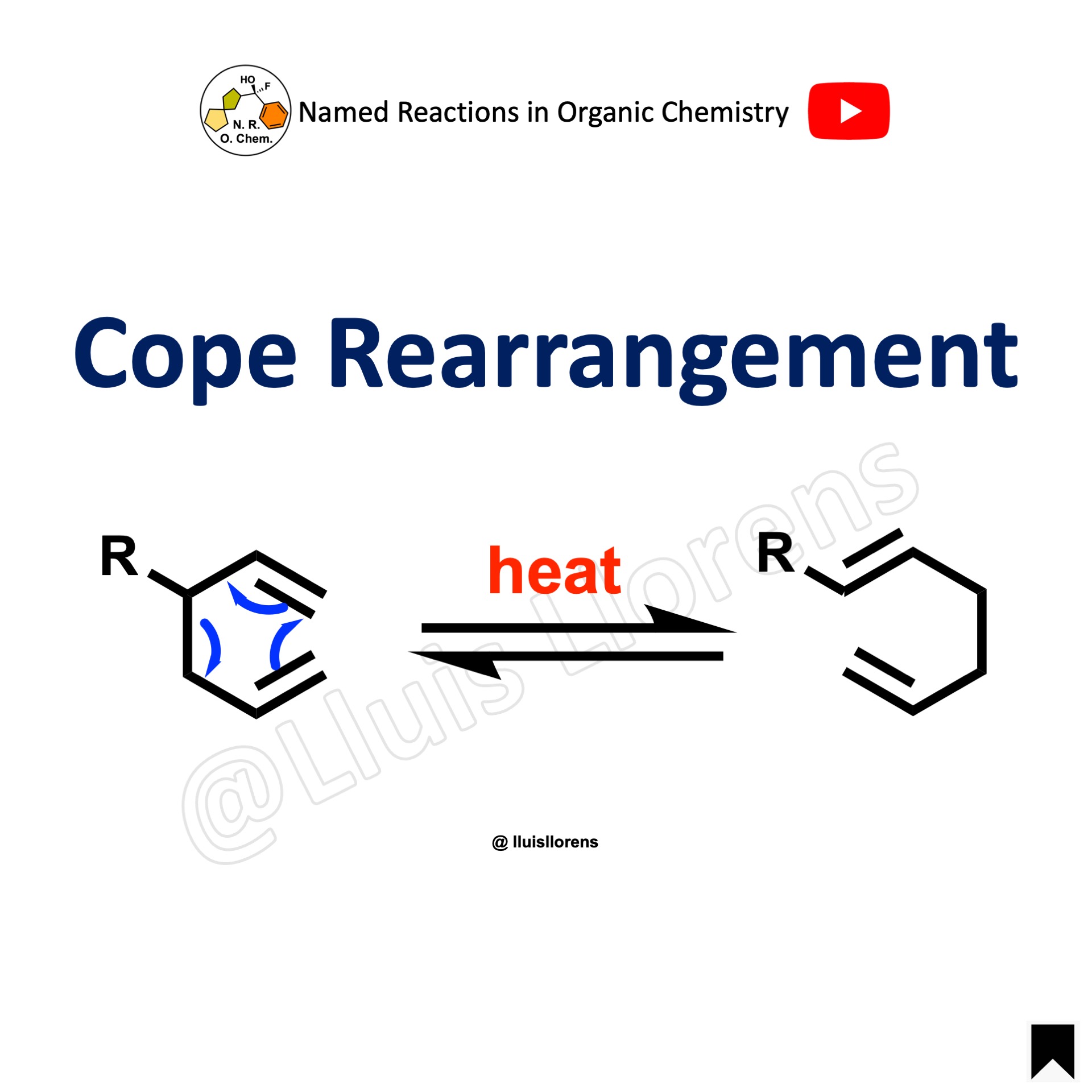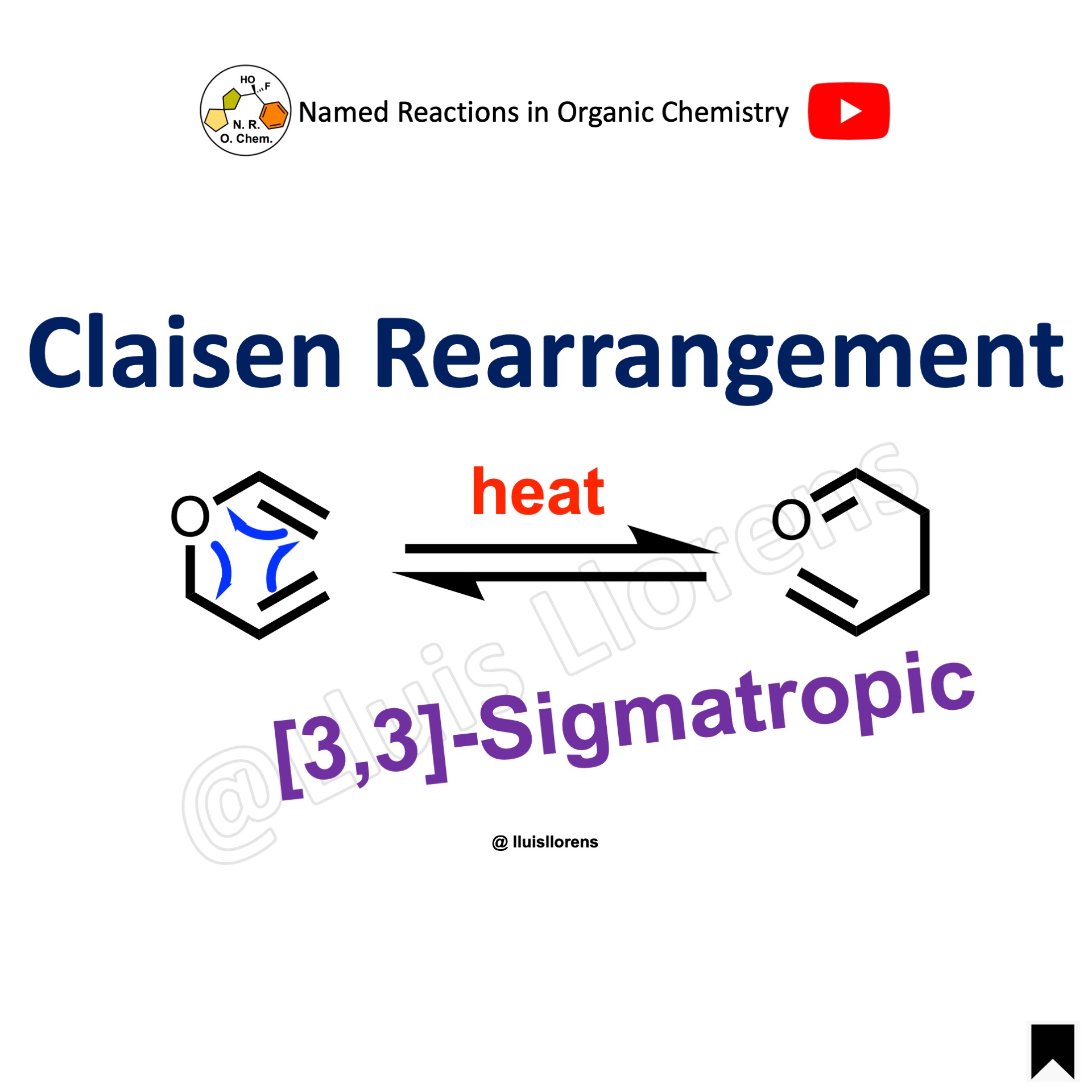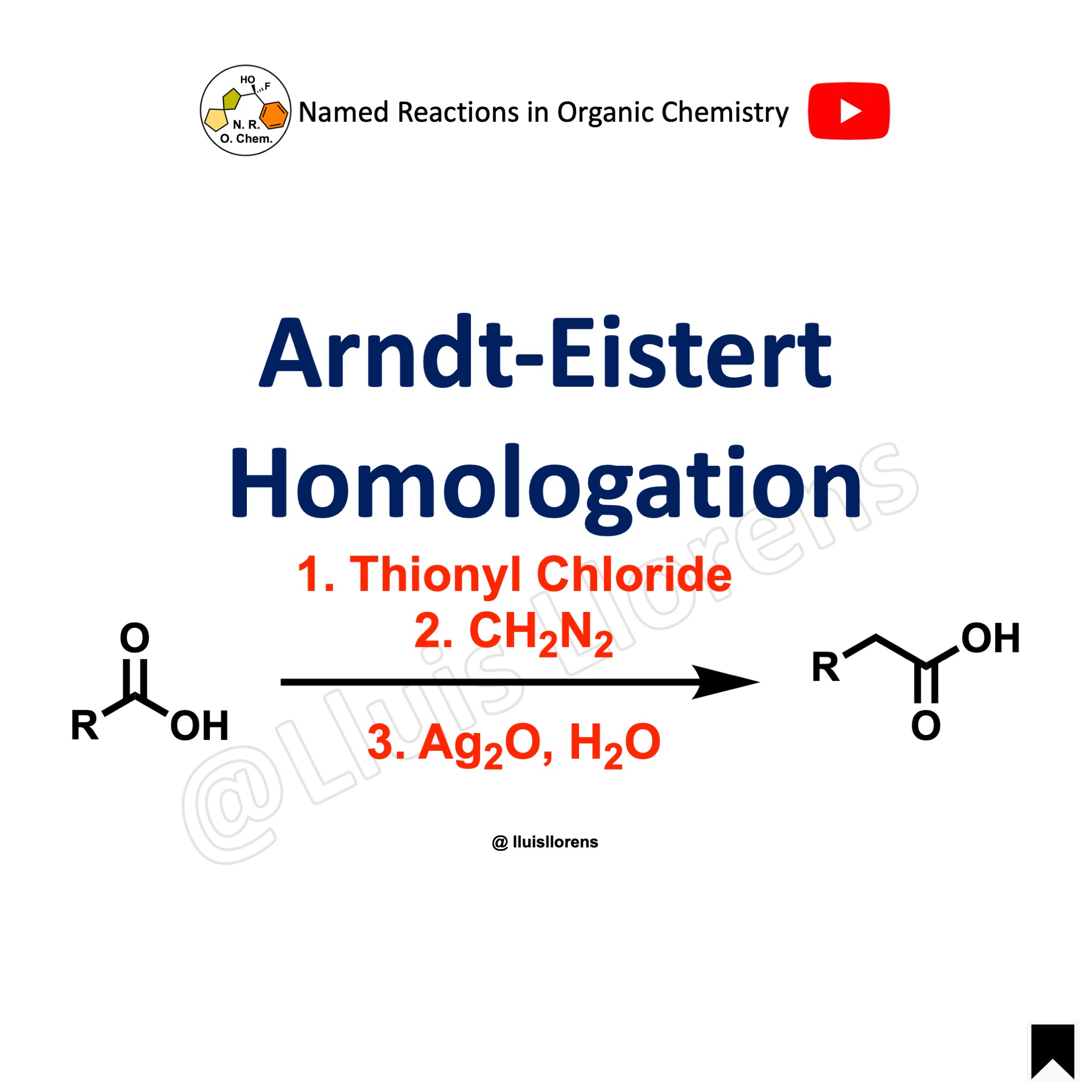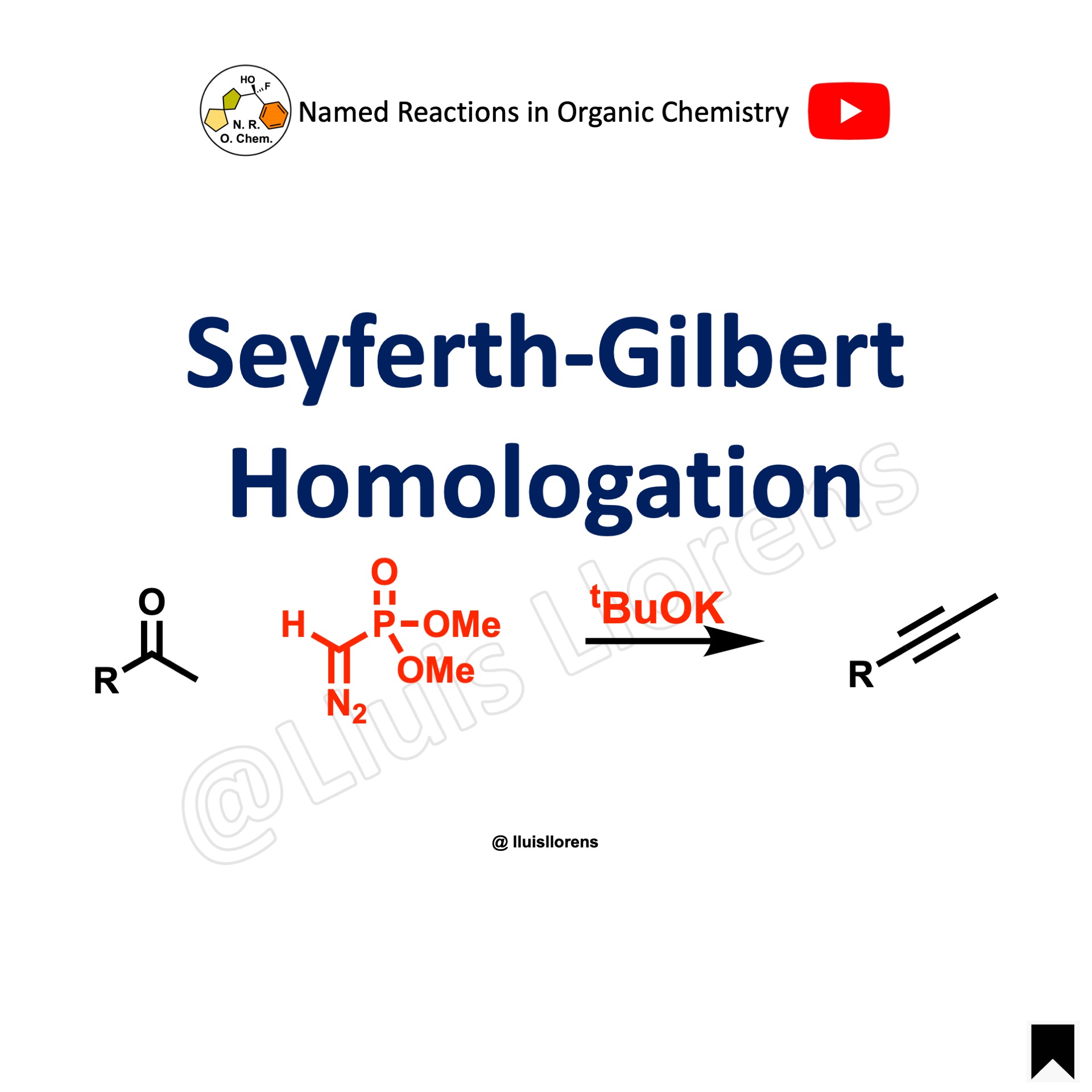
The Arndt-Eistert homologation allows the reaction of activated carboxylic acids with diazomethane followed by a Wolff-rearrangement of the diazo ketone intermediate. The reaction generally proceeds with retention of configuration.
- If the reaction is conducted in the presence of an alcohol or an amine, the homologated ester or amide is then generated.
- The reaction tolerates a wide scope of non-acidic functional groups. Acidic groups would react with the diazomethane or diazo ketone intermediates.
- The acylation of diazomethane using acid chlorides or anhydrides is a familiar procedure for preparing diazomethyl ketones. However, diazomethane is an extremely sensitive and explosive yellow gas, often prepared as needed as a solution in diethyl ether.
- Trimethylsilyldiazomethane (TMSCHN2) has been recommended as a non-explosive and non-mutagenic alternative to hazardous diazomethane in acylation reactions (see example 1).
Reaction mechanism of Arndt-Eistert homologation
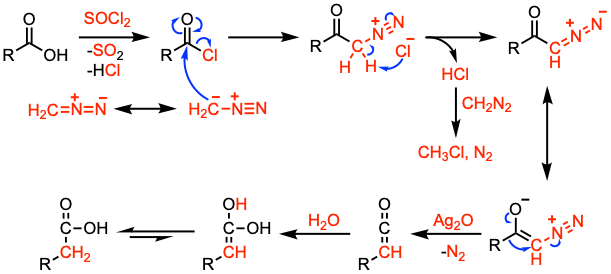
A suggested reaction mechanism of the Arndt-Eistert homologation reaction.
1. Formation of the acid chloride.
2. Diazomethane reacts with the acid chloride to deliver the diazo ketone intermediate. Note! two equivalents of diazomethane are needed to quench the HCl generated as a by-product of the reaction (giving rise to chloroform + nitrogen).
3. The diazo ketone undergoes Wolff rearrangement: Loss of a molecule of nitrogen and formation of the corresponding ketene.
4. Nucleophilic addition to the ketene intermediate affords the homologated acid derivatives. For mechanistic insights, refer to Eur. J. Org. Chem. 2002, 2193.
Examples and experimental procedures of Arndt-Eistert homologation
Example 1: Chem. Commun. 2016, 52, 6565. Open access.
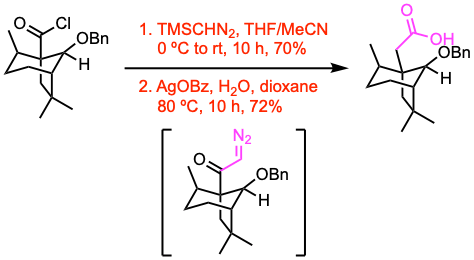
To a solution of the acyl chloride (0.64 mmol, 1.0 equiv) in THF/acetonitrile (13 mL, 1:1), trimethylsilyldiazomethane (2.0 M in hexane, 2.0 equiv) was added at 0 ºC. The reaction solution was allowed to warm to room temperature and stirred for 10 h. Acetic acid (2.7 equiv) was then added. Removal of volatiles under vacuum afforded the crude methyldiazoketone.
To a solution of the crude methyldiazoketone (1.0 equiv) in dioxane (4.5 mL) at room temperature, H2O (20.0 equiv) and silver benzoate (0.2 equiv) were added, and the resulting reaction mixture was stirred at 80 ºC for 10 h. After cooling down to room temperature, water, 1 N aq. HCl, and Et2O were added. The organic layer was separated, and the aqueous layer was extracted twice with Et2O. The combined organic layers were dried over anhydrous Na2SO4, filtered, and concentrated under vacuum to give the clean crude product.
Videos about Arndt-Eistert homologation
Images of Arndt-Eistert homologation
Online database of named reactions
Browse named reactions in alphabetical order or by category in our online database of organic reactions.






